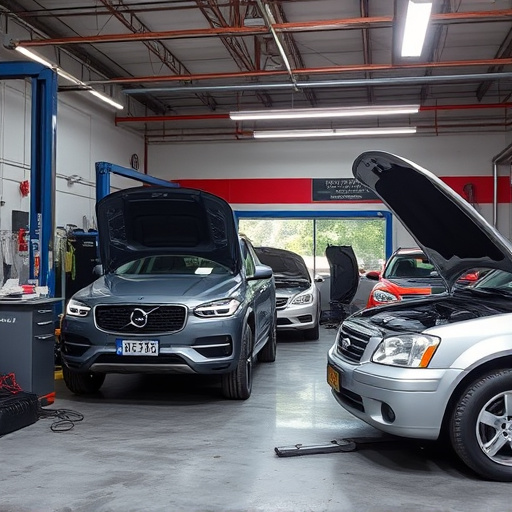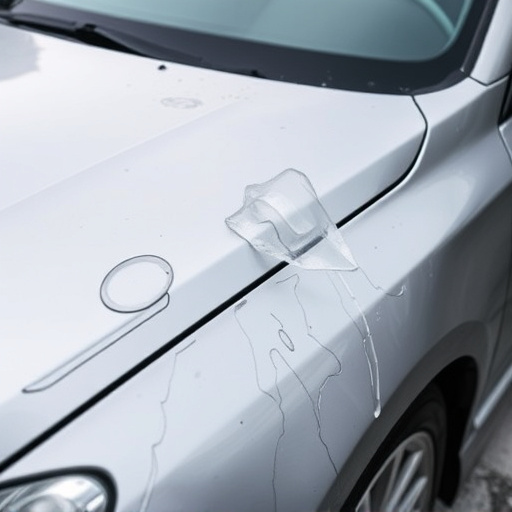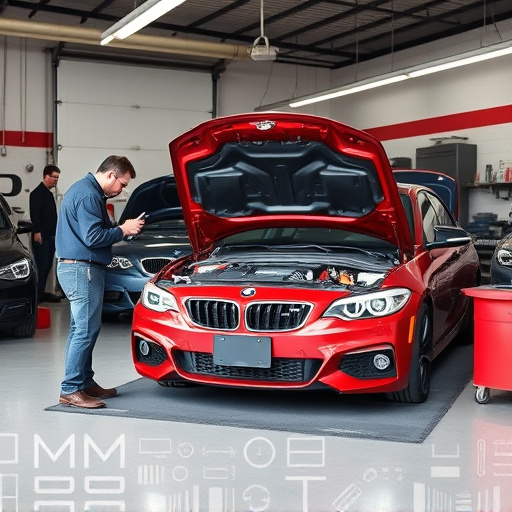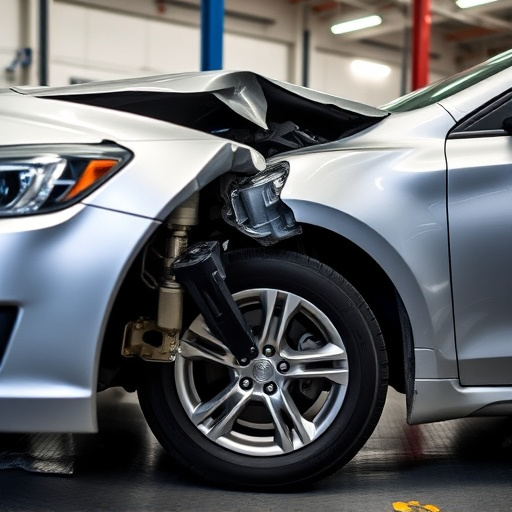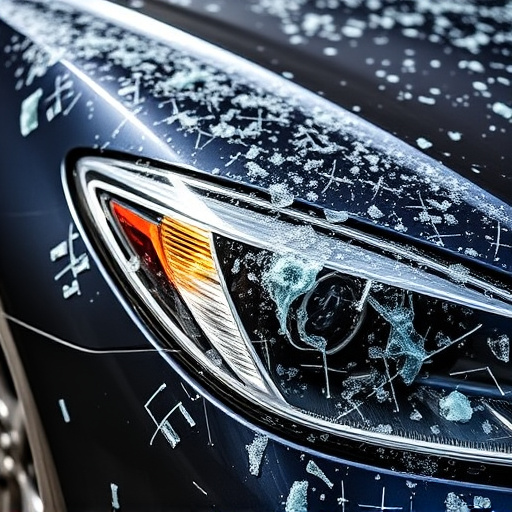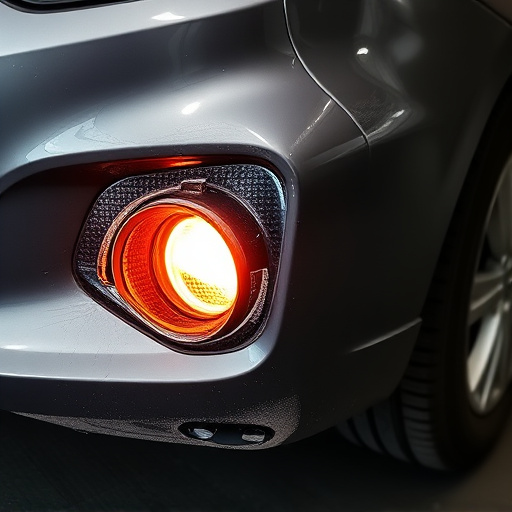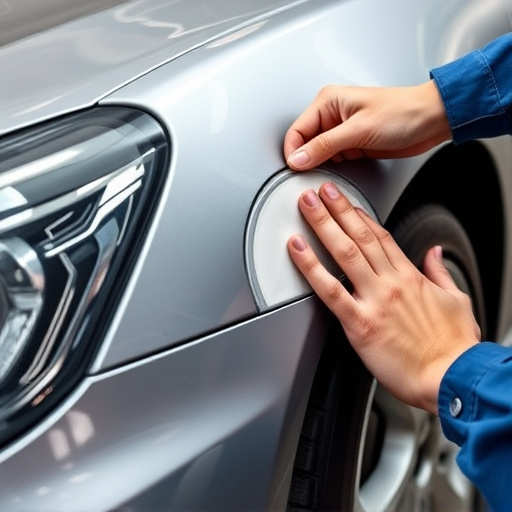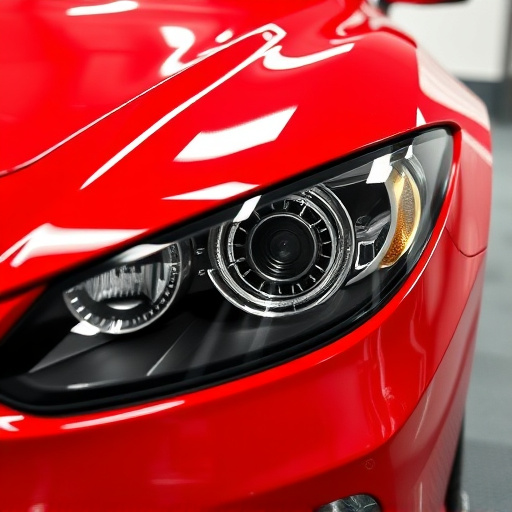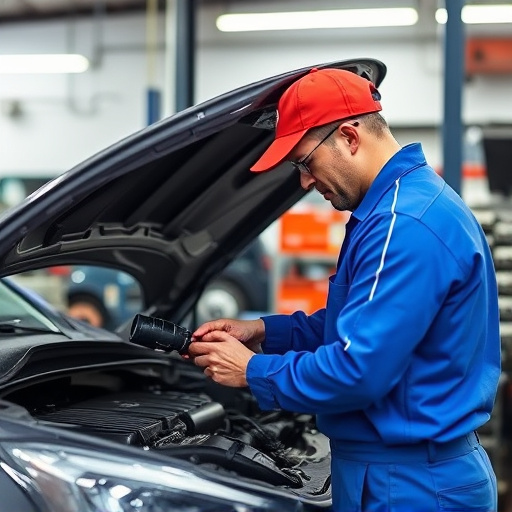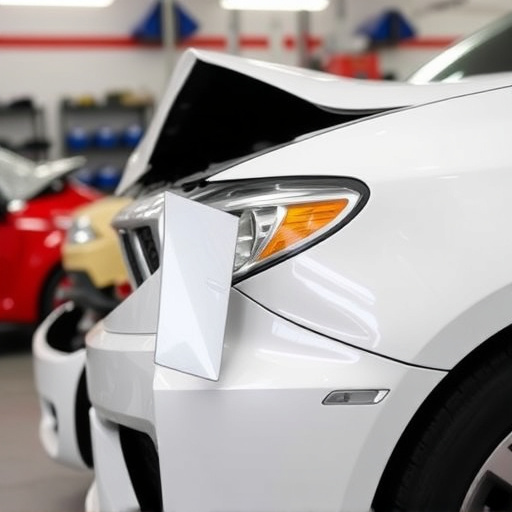The Mercedes diagnostic system is a cutting-edge technology for vehicle care, offering real-time data access and remote diagnostics through advanced software and hardware. It facilitates not only basic troubleshooting but also complex tasks like electrical and engine performance issues, paintless dent repairs, and precise vehicle paint work. Mastering this system is crucial for car owners and mechanics in the digital age, with tools like OBD-II scanners monitoring various components. Common issues include communication problems and software compatibility, which regular updates address, ensuring optimal vehicle performance and reliability.
Unveiling the intricacies of the Mercedes diagnostic system, this comprehensive guide offers a deep dive into the advanced technology that sets Mercedes apart. From understanding the core principles to mastering common tools and troubleshooting techniques, we demystify this sophisticated network. Whether you’re a professional or an enthusiast, grasp the basics of Mercedes’ diagnostic system to optimize performance, enhance efficiency, and ensure seamless operations. Explore these sections to unlock the secrets behind one of the automotive industry’s most advanced systems.
- Unlocking Mercedes' Advanced Technology
- Common Diagnostic Tools and Techniques
- Troubleshooting Basic System Issues
Unlocking Mercedes' Advanced Technology
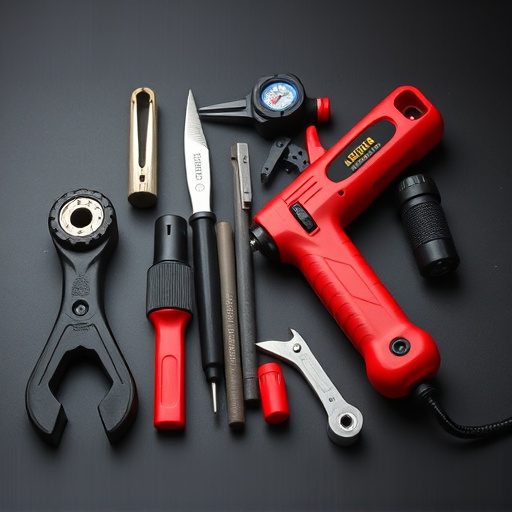
Mercedes has long been a pioneer in automotive technology, and their diagnostic system is no exception. Unlocking the secrets of this advanced system offers a glimpse into the future of vehicle maintenance. The Mercedes diagnostic toolset leverages sophisticated software and hardware to provide comprehensive insights into the car’s inner workings. This enables not just basic troubleshooting but also complex tasks such as identifying subtle issues in the electrical system, engine performance, or even detecting potential collision damage repair needs.
Through a user-friendly interface, technicians can access real-time data, perform diagnostics on various components, and even initiate certain repairs remotely. This level of connectivity is transforming how vehicle care is delivered. Moreover, with capabilities that extend to paintless dent repair and precise vehicle paint repair, the Mercedes diagnostic system is at the forefront of modern car care, ensuring not just optimal performance but also a restored aesthetic appeal for the vehicle.
Common Diagnostic Tools and Techniques
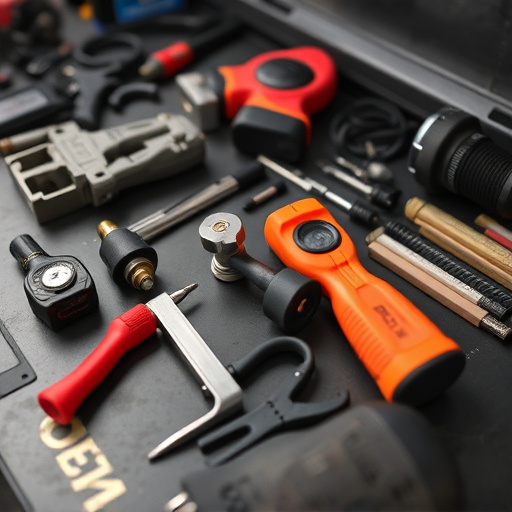
In today’s digital era, understanding the Mercedes diagnostic system has become a crucial aspect for car owners and mechanics alike. Common diagnostic tools used to interact with this sophisticated system include OBD-II (On-Board Diagnostics) scanners, which allow for real-time monitoring of vehicle performance and error codes. These scanners plug into a port under the dashboard, providing access to a wealth of data that can reveal issues with various systems such as engine management, transmission, brakes, and even auto glass repair needs.
Additionally, advanced diagnostic techniques leverage specialized software and hardware configurations to pinpoint problems within specific components like tires services or even the vehicle’s electrical system. These methods not only help in faster troubleshooting but also enable mechanics to perform precise repairs, enhancing overall vehicle reliability. By combining these tools and techniques, professionals can efficiently navigate the Mercedes diagnostic landscape, ensuring optimal performance and safety for all road conditions.
Troubleshooting Basic System Issues
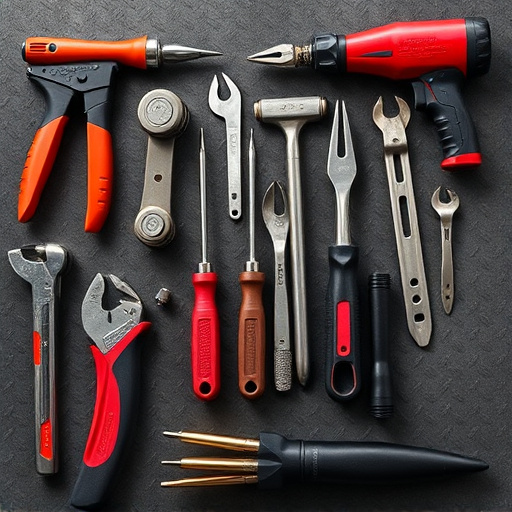
When it comes to troubleshooting basic issues with the Mercedes diagnostic system, there are several common problems that owners and mechanics often encounter. One of the first steps is ensuring proper communication between the various control modules. A simple check for loose connections or faulty wiring can resolve many initial difficulties. For instance, a miswired sensor could lead to incorrect readings, impacting the system’s overall performance.
Additionally, with modern vehicles like those from Mercedes, it’s crucial to verify software compatibility and updates. Outdated or corrupted software might cause communication errors between modules, affecting various functions such as engine management, transmission control, and even collision repair services. Regularly updating the system through authorized channels can prevent these issues, ensuring smooth operation for all onboard systems, including auto painting and fleet repair services.
The Mercedes diagnostic system, with its advanced technology, offers both car owners and technicians a powerful toolkit for efficient troubleshooting and maintenance. By understanding the basics covered in this article—from unlocking advanced features to mastering common tools and techniques—you can navigate through basic system issues with confidence. Remember, a well-informed approach to vehicle diagnostics is key to ensuring your Mercedes runs smoothly and optimally.
